5.5 °c Wind speed: 21 km/h Precipitation: 100 % Cloudiness: 90.5 % Humidity: 90.5 mm Pressure: 100 mb
The Scottish Crannog Centre
Aberfeldy
PH15 2NX
United Kingdom
Description
The Scottish Crannog Centre
Located on the peaceful shores of Loch Tay, Perthshire, Scotland, the Scottish Crannog Centre is an Iron Age educational tour. Far from being an open-air museum full of relics, however, as it's a beautiful reconstruction of a crannog — one of the old loch-houses that used to be plentiful in Scotland and Ireland. There one can look back over two millennia and find nothing but quotidian lives, technologies, and landscapes of the very real Scottish colonists themselves for themselves in an interactive environment.
It Kind of Place It Is
Scottish Crannog Centre is a learning visitor attraction and archaeological experiment. It has a reconstructed crannog which has been built on stilts above Loch Tay water. The prehistoric island dwelling is accessed by the visitor along a wood causeway, just like their prehistoric ancestors. Replicas of Iron Age roundhouses, replica prehistoric farms, and interpretive displays which accompany early Scottish life surround the crannog.
The centre includes:
Living history
Costumed interpreters bring weaving, metalwork, cooking, and other domestic activities into life using ancient methods and tools.
Archaeological research
Ongoing fieldwork and field research keep investigators up to date with crannog construction, preservation, and overall social situation in prehistoric Scotland.
Environmental education
The environment of the loch, native vegetation and wildlife, and historic land use are investigated in guided walks and hands-on workshops.
Fun for the family
Role-playing dressed in Iron Age costume to the launching of model boats on the loch, there is plenty for all of the family to get involved in and enjoy, hands-on.
The mix of expert-led reconstruction and hands-on programming gives the Scottish Crannog Centre its unique appeal as opposed to other UK heritage centres.
History
Origins of the crannogs
Crannogs are man-made islands, typically round in design, constructed in rivers, estuaries, and lochs significantly from the Iron Age to the Atlantic Bronze Age (c. 2000 BC to 500 AD). They were constructed of wood, brushwood, and stone and were walled but connected houses for great families or clans. Over 600 crannogs have been known in Scotland alone, though a few hundreds more are present as eroded or submerged platforms.
Archaeological Finds at Loch Tay
The peaceful freshwater loch environment was the right one for the conservation of organic material. Intensive excavations and underwater trenchings along Loch Tay in the 1980s and 1990s uncovered dramatic finds — timber construction, machinery, and wood items — of a crannog radiocarbon dated from around 2 BC to around 500 AD. Radiocarbon analysis and dendrochronology (tree-ring dating) yielded proof of building periods and subsequent use over many hundreds of years.
Construction of the Centre
In answer to this discovery, Perth and Kinross Heritage Trust, private owners, and grant bodies came together to build a replica crannog in its original location. 1995 field reconstruction of building a replica from archaeological evidence: driving oak stakes into loch bottom, building wattle-and-daub, and thatched roof and high earthen floor — all rigidly adhering to previous tradition. It was opened to the public in 1998, following an experimental archaeology policy in Scotland.
Site Development
Since its opening, the Centre has been expanded to feature:
Iron Age roundhouses
Reconstructions to illustrate social class differences — from simple home to a "chief's" dwelling.
Farmstead
Heritage sheep and pigs graze and traditional hand tools are employed to sow crops such as emmer wheat and barley.
Visitor facilities
New exhibition building, café, and shop with facilities that do not undermine the integrity of the experience.
Research centre
In collaboration with universities and heritage authorities, the Centre has emerged as a centre of research, training, and publication on crannogs and prehistoric way of life.
Interesting Facts
Experimental Archaeology in Action
Experimental projects such as the recreation of Iron Age fabric on a warp-weighted loom or smelting bog iron to make bronze are visible to the public. Live experiments are testing theories on ancient technology and shedding dazzling light on prehistoric skills.
Real Building Materials
All aspects of the crannog are built from materials which would most likely have been easily found two thousand years ago in the region. The timbers are hand-hewn using replica stone axes, and the daub mixture is made of clay, straw, and turf from around the landscape.
Seasonal Occupational Patterns
Loch Tay excavations show crannogs were not occupied year round — perhaps they were ritual bases or summer dwellings. The Centre theory also explains along this axis, demonstrating how people would have managed with farming, fishing, and social life.
Biodiversity Haven
The loch surrounding the crannog supports a highly varied fauna: osprey feed on fish distant out in the sea, otters frolic in the pilings, and specialist pondweed exists in abundance. Ecology walks led by staff allow visitors to discover the interconnectedness of natural systems and humankind during the Iron Age.
Handcrafted Boat Launch
A refurbished dugout canoe, one that was excavated from a single oak tree trunk, is going to be submerged. Paddlers can paddle the loch in the same manner their forebears did, with a personal preference for the ancient methods of transportation and fishing.
Archaeobotanical Insights
Seed and pollen deposits recovered and revealed from excavations inform scientists what folks used to eat and how the early man produced crops. A few of those crops and grains of yesteryears are also grown in the Centre too, so touches can be compared between crop plants then and today.
Interactive Education Programs
Schools are able to run "Iron Age Olympics" ability and strength tests, theatrically-dramatized diggings, and creative activity. The activities are Scottish Curriculum for Excellence-approved and encourage multi-disciplinary learning.
Why People Visit Immersive Historical Experience
Unlike some museums, the Scottish Crannog Centre invites interaction with the past. Walking along the wooden causeway to the crannog, observing smoke on the hearth, and feeling a tactile sense of replica tools is a hands-on experience of life in the Iron Age that cannot be acquired from books or display.
Family-Friendly Adventures
The Centre also offers facilities to family groups with children of all ages. Children can draw Iron Age costume, have a go at weaving or pottery-making, and gather natural material to create their own "archaeological" treasures. All this practical activity helps to stimulate interest and bring the past to life.
Specialist Interest and Research
To students, heritage professionals, and archaeology students, the Centre is an operational laboratory. Practical training offered in seasonal workshops in ancient metallurgy, radiocarbon sampling, and dendrochronology was otherwise out of reach.
Panoramic Landscape and Wildlife Spotting
Surrounded by dramatic landscape and Perthshire hills scenery, the Centre offers panoramic views and peaceful walking along the loch shoreline. Summer osprey watching and winter waterbird watching are a delight for bird enthusiasts.
Cultural Celebrations and Workshops
The Centre has live music concerts, craft fairs, and storytelling sessions all year round. These are festivals of Scotland's culture, tracing Scotland's heritage from Highland myth through the Iron Age to Gaelic culture, and culminating in modern folk craftsmanship.
Accessibility and Facilities
Well-signposted from A827, the location is flat-paved, with toilet facilities for disabled visitors and an interactive visitor centre. Locally produced foods café offers hot soup, bannocks, and refreshments, and handmade souvenirs, from replica jewelry to Scottish archaeology books, for sale by the gift shop.
Conclusion
It is not merely a reconstruction of the past, but a dynamic, pulsating center of discovery, where past and present meet in live performances, rigorous scholarship, and live education. Taking the paths around the loch, seeing the crannog, and examining living history displays, however, instills a deeper respect and admiration at the ingenuity and determination of Scotland's Iron Age folk in a visitor.
Whatever is drawn by students, family heritage, or the lure of natural beauty, all who traveled far came home with new ideas for our shared human past — and a deeper sense of belonging to landscapes in which it lay. For the visitor seeking an authentic living experience of Scotland of the past, the Crannog Centre is a destination that is well worth a visit.
#scottishhistory #archaeology #prehistoric #livinghistory #heritage #experimentalarchaeology #familyactivities #educationaltourism #scotlandtravel #ancienttechnology #culturalheritage #outdoormuseum #historicalreconstructionWork schedule/Pricing
Tailored Tour and Time £17.00 per PAX
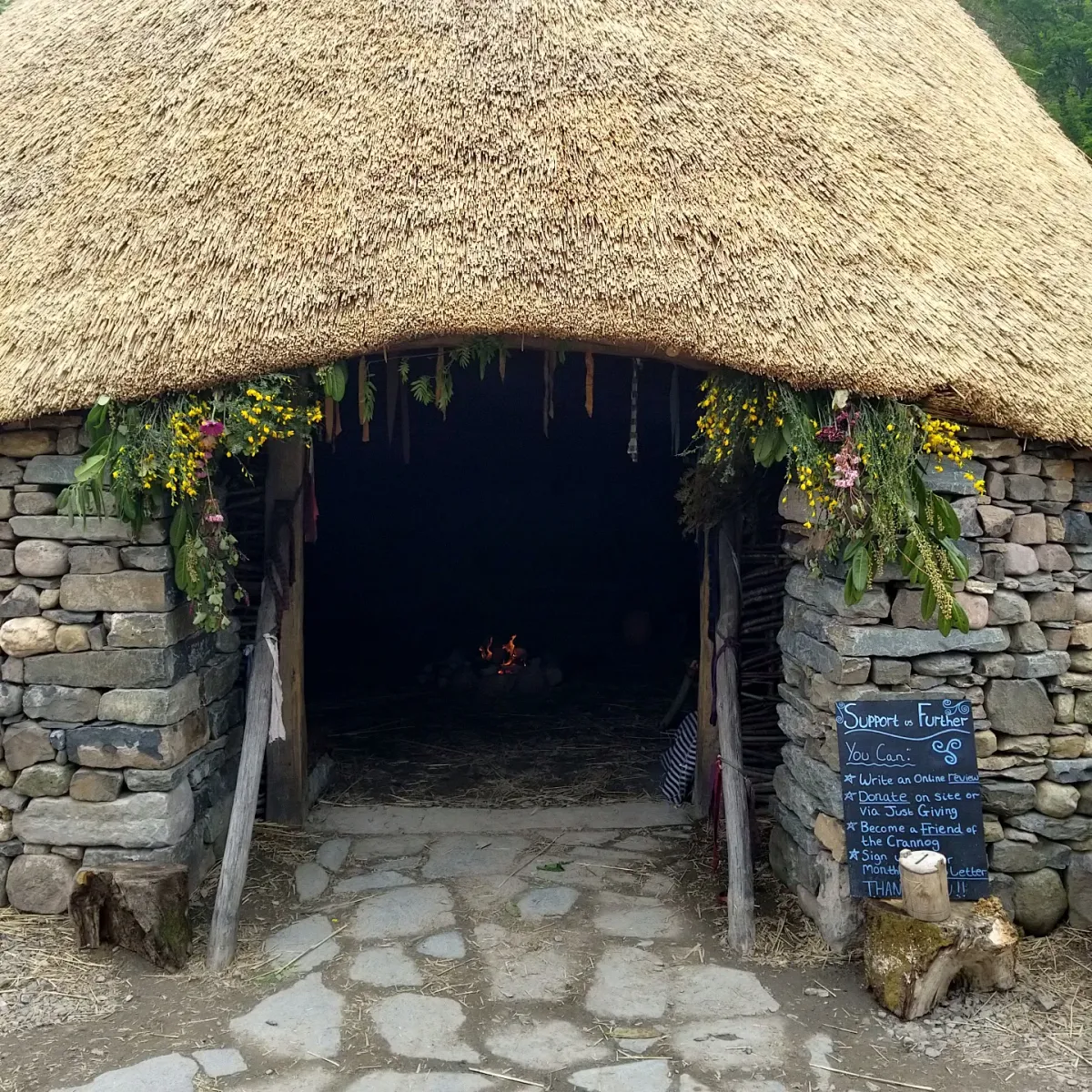
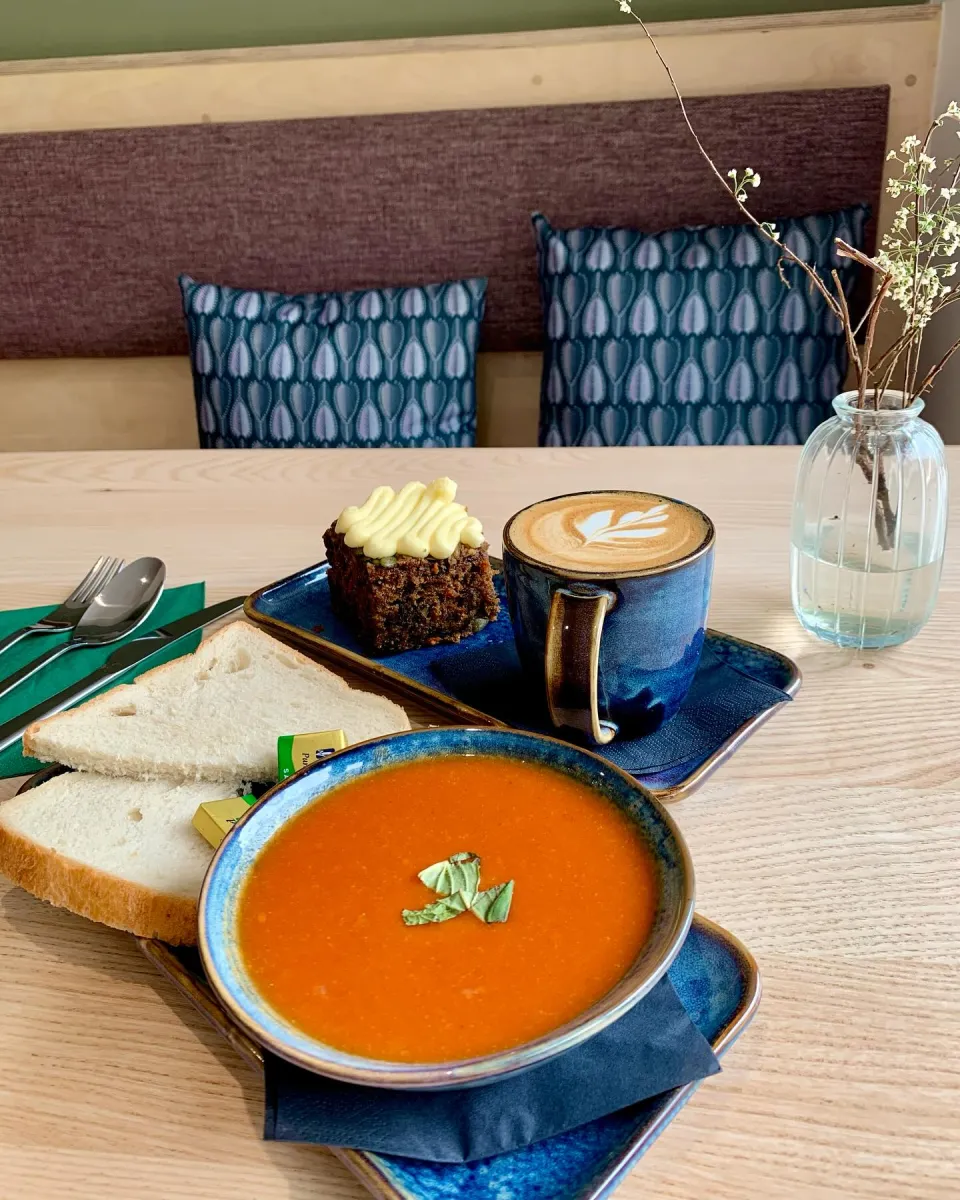
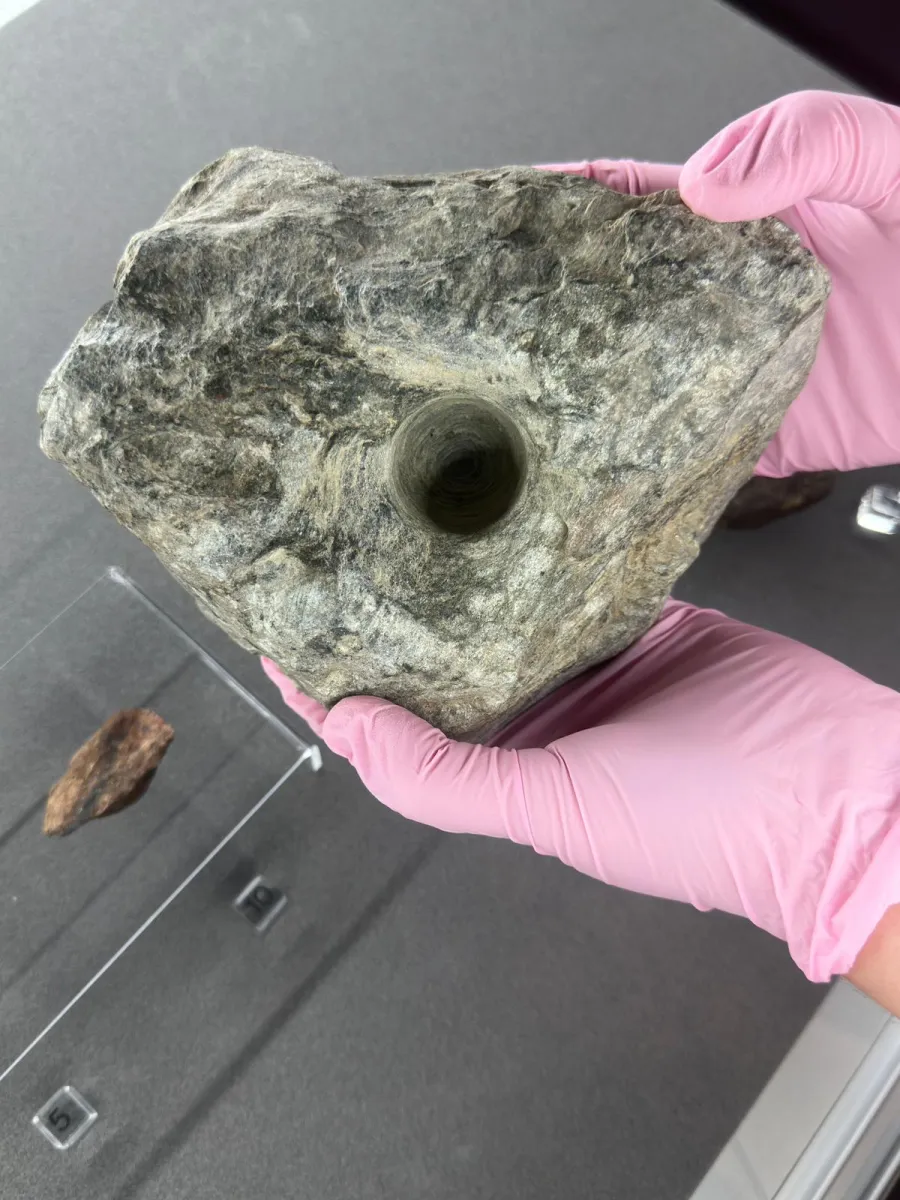
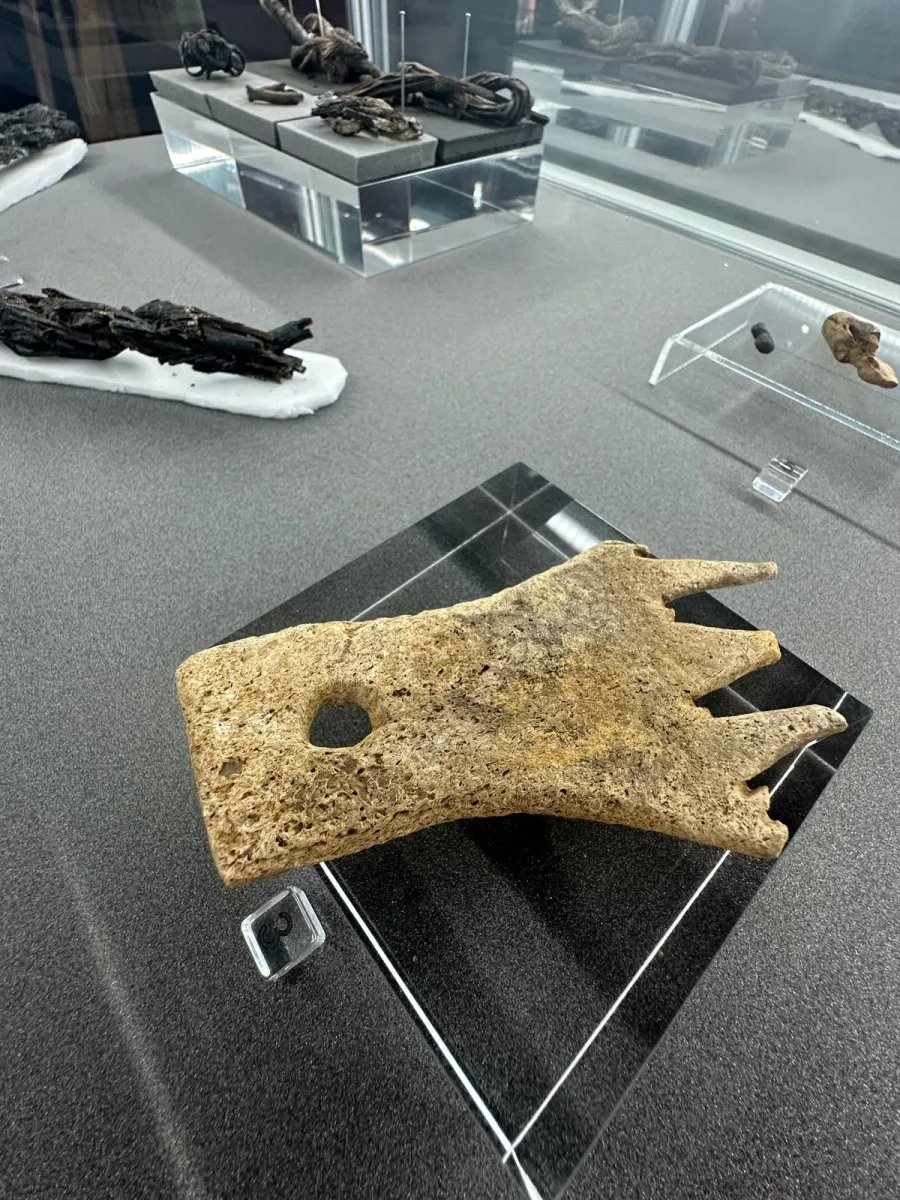
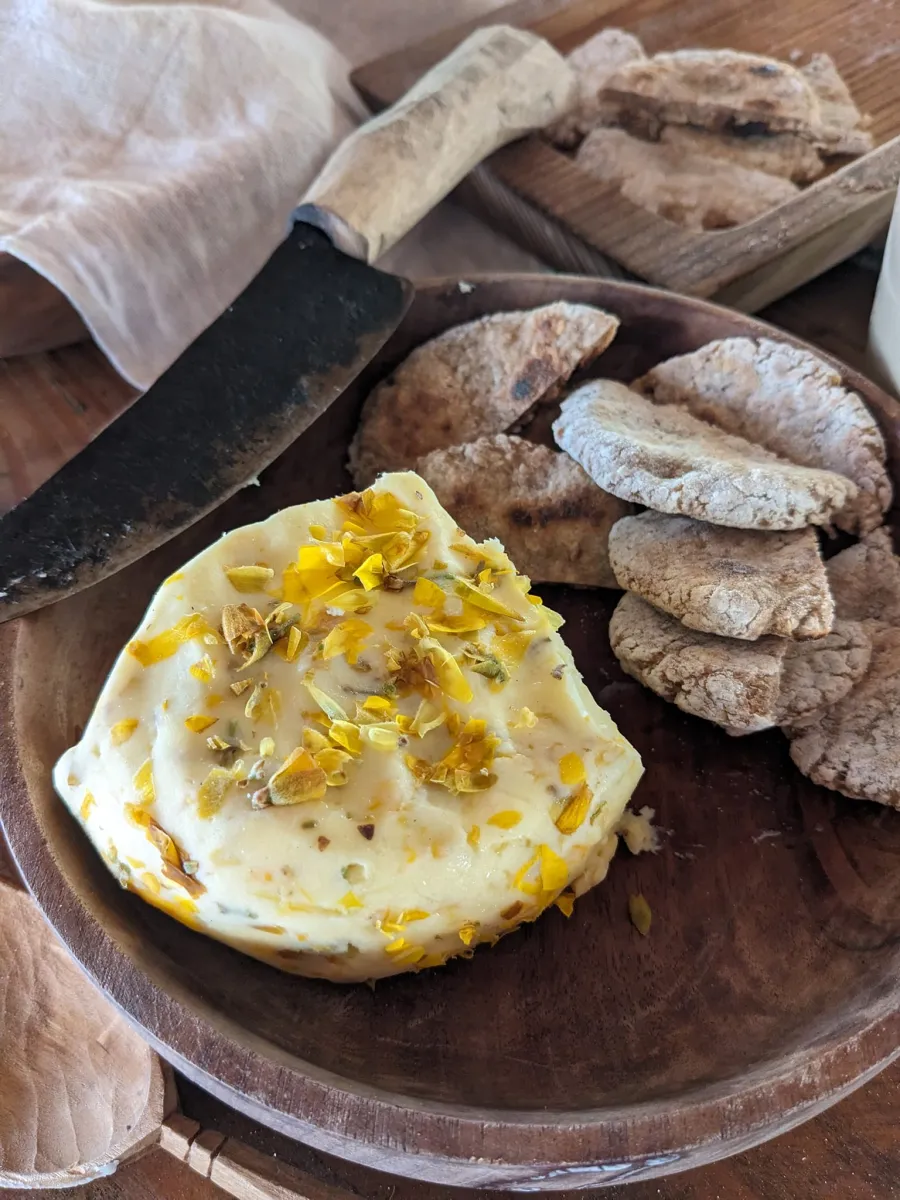
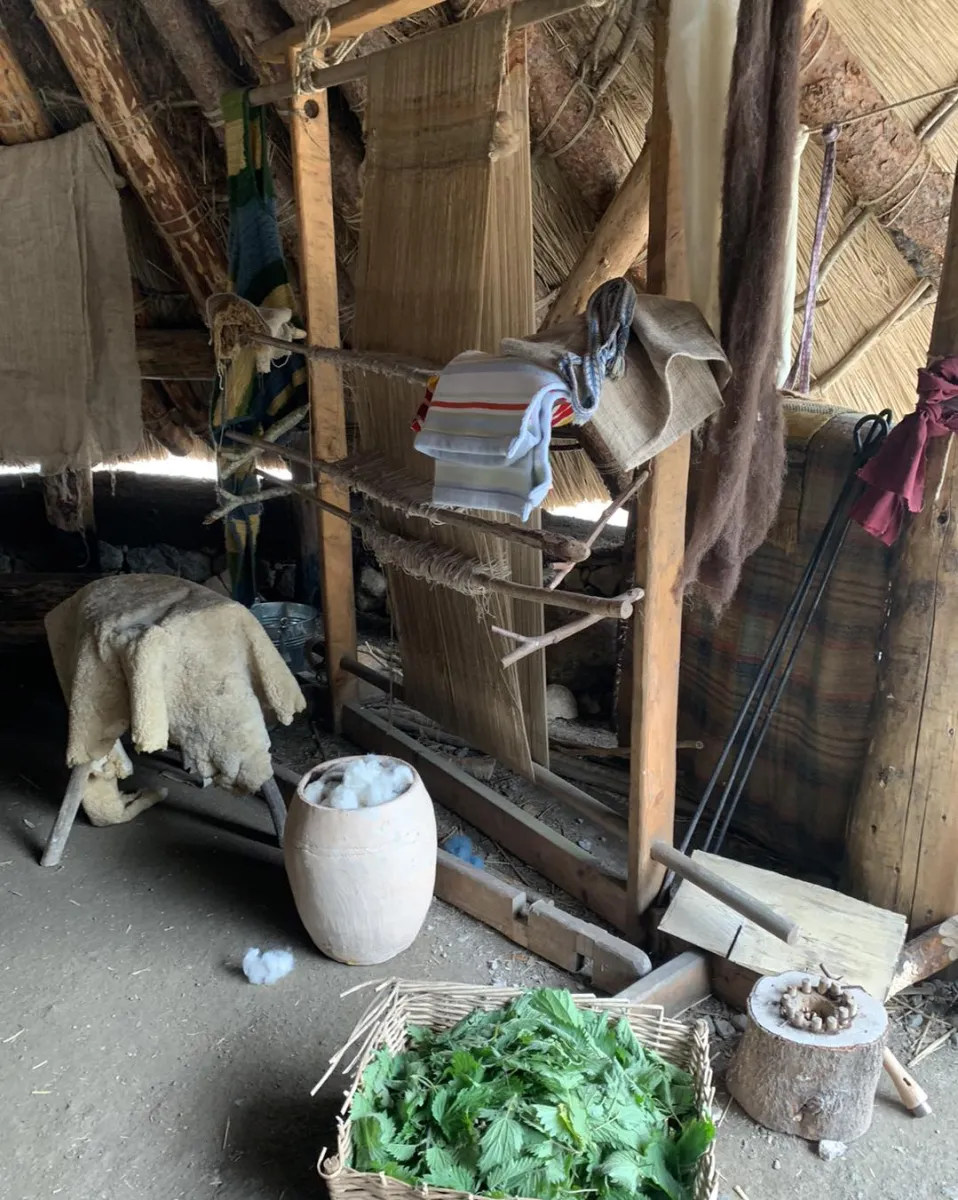
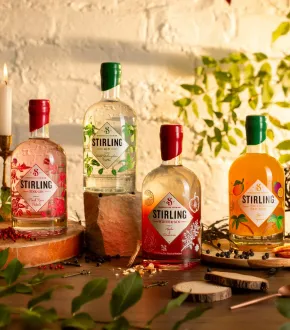
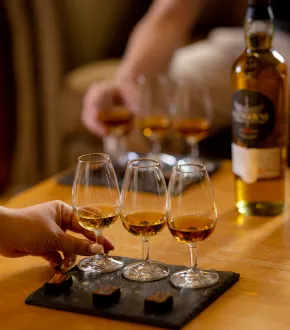
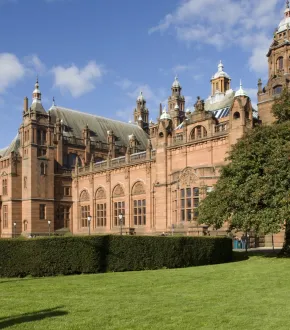

Comments